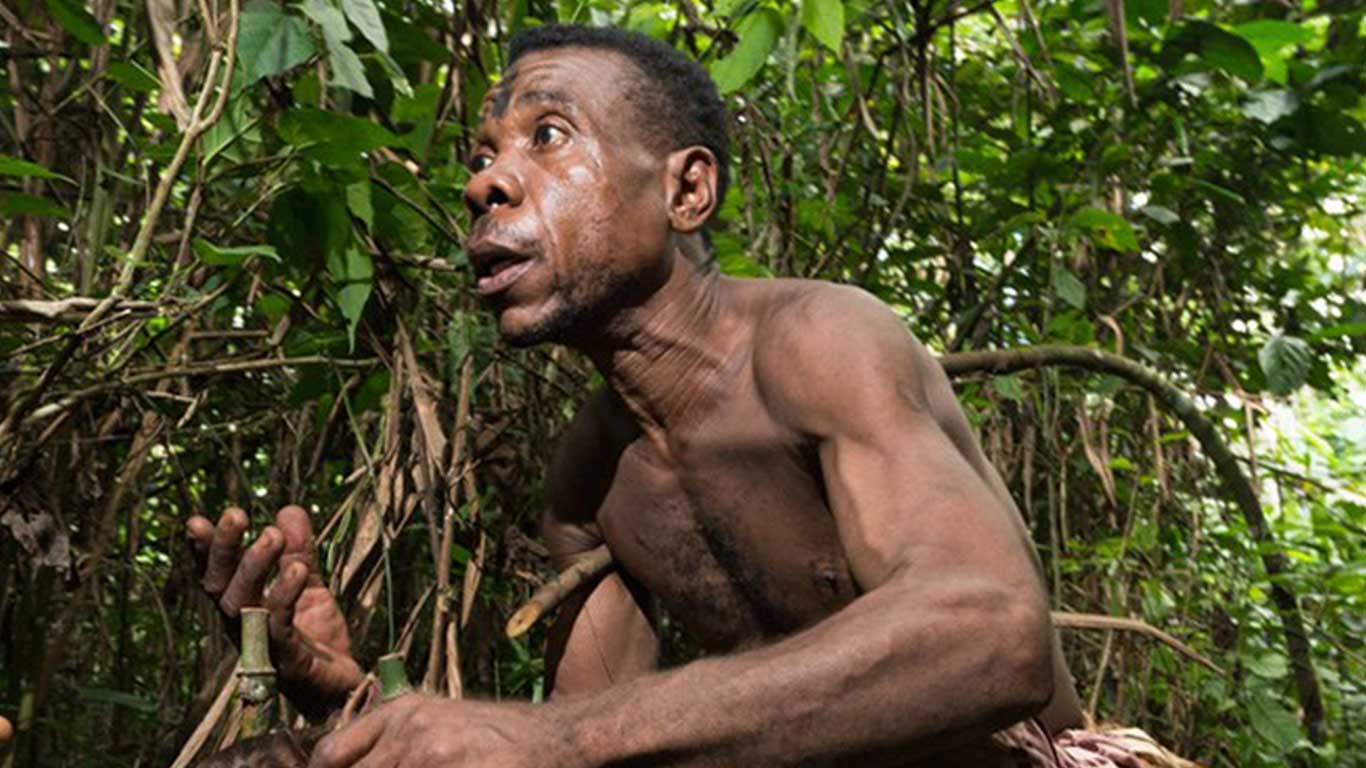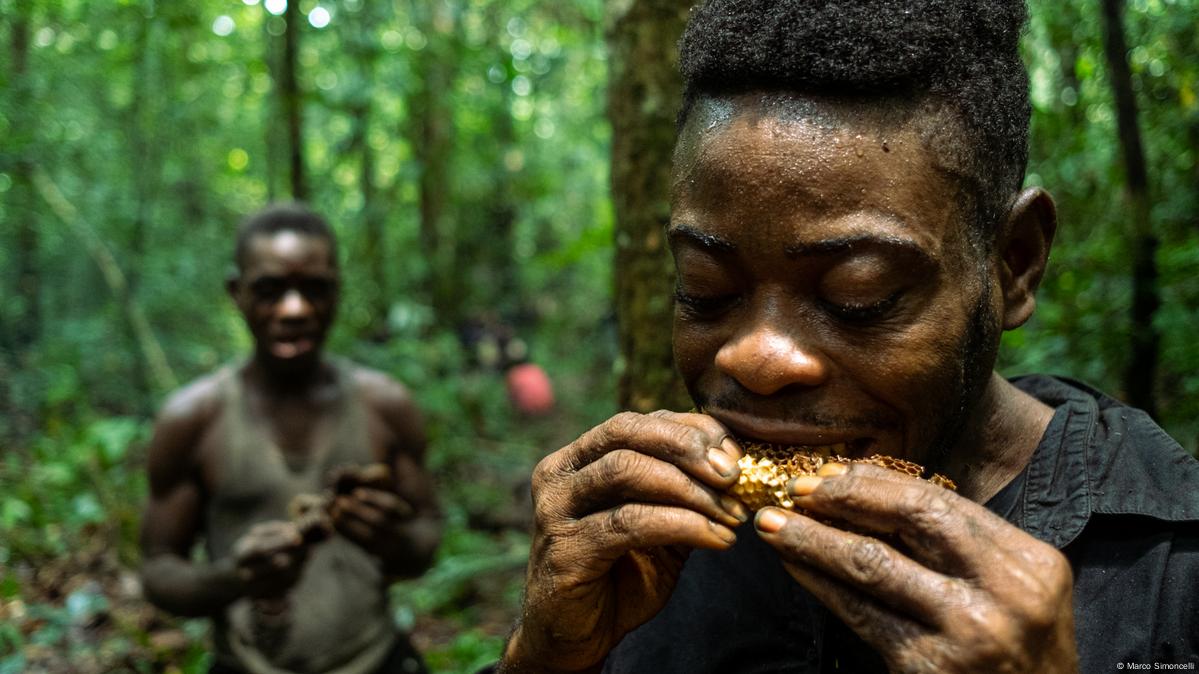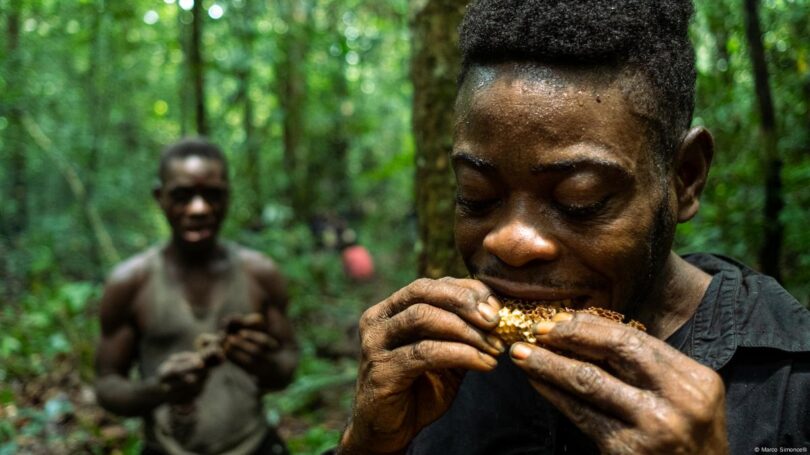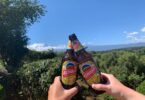The Pygmy tribe Congo is among the few communities in the world with a unique survival model. For the pygmies, nothing is out of bounds, as they eat anything and everything. Talk of venomous snakes, flying termites, monkeys and every other animal in the Democratic Republic of Congo (DRC) Jungle. They will eat it. Besides, they are known for their small stature, with an average height of about 4 feet 11 inches for adult men and 4 feet 7 inches for adult women.
Pygmy communities are traditionally hunters and gatherers, living in small groups and subsisting on various plant and animal foods. They have a long history of interaction with other groups, including other indigenous communities and settlers, and have faced many challenges due to this interaction. Some Pygmy communities remain displaced from their traditional lands due to resource extraction, logging, and other forms of development, and they have faced discrimination and marginalization.
Table of Contents
Main Pygmy Tribe Congo
There are many different Pygmy communities in the Congo Basin, each with its own distinct culture, language, and way of life. Some of the Pygmy groups in the region include:
- Baka
- Twa
- Mbuti

A Pygmy from the Congo. Photo/IPACC
Do the Pygmies of the Congo Still Exist?
Pygmy tribe Congo still exists in the Congo Basin and other parts of Central and West Africa. While their way of life has changed in many ways over the years, Pygmy communities have maintained their cultural traditions and continue to play a vital role in the region. They have faced many challenges, including displacement from their traditional lands, discrimination, and marginalization. However, they have also tried asserting their rights and preserving their cultural traditions.
In recent years, there have been efforts to support them and to recognize their rights, including their rights to land, resources, and cultural expression. Despite the challenges they have faced, they remain an essential part of the cultural and biological diversity of the region and have a rich cultural heritage that is worth preserving.
What are Pygmies in the Congo?
Pygmy tribe Congo is of utmost historical importance to African indigenous tribes. This tribe is ideally a group of indigenous people who live in the Congo Basin and other parts of Central and West Africa. They are known for their small stature, with an average height of about 4 feet 11 inches for adult men and 4 feet 7 inches for adult women. Pygmy communities in the Congo Basin are traditionally hunters and gatherers, living in small groups and subsisting on various plant and animal foods.
They have a rich cultural heritage and are known for their music, dance, and storytelling traditions. Moreover, they have a deep knowledge of the forest and its resources and have played a vital role in the region’s biodiversity and cultural diversity. Also, there are sub-tribes within the community, each with its own distinct culture, language, and way of life. That’s why there is the Mbuti, Baka and Twa tribes making up the community.

The Pygmy people of the Congo. Photo/DW
Do Pygmies Still Exist in Africa?
Most of the world’s 120,000 Pygmies today reside in the woodland region of Cameroon. This is an addition to the Pygmy tribe Congo with a very unique culture. There are also a small number of Pygmy populations in the following African countries:
- Zambia
- Gabon
- Central African Republic
- Rwanda
- Burundi
- Angola
Do People Eat Pygmies?
One of the most bizarre things to ever happen in Africa is cannibalism targeted against Pygmy tribe Congo in 2003 by DRC rebels. UN investigators probed reports of cannibalism in Ituri province. This was the hotspot of fighting between various rebel factions forced out nearly 150 000 people from their homes in 2003. Rebels killed and devouring pygmies here according to Manoddje Mounoubai, a spokesperson for the UN ceasefire monitoring mission in Congo.
Mounoubai claimed that many of the internally displaced people had stories about rebel fighters capturing and killing pygmies. Six UN representatives dispatched to look into cannibalism and other violations of human rights were shocked. The UN representatives discovered that this vice by the rebel forces spread to capital Kinshasa and the eastern city of Goma.
Conclusion
Despite the challenges they have faced, Pygmy communities have a rich cultural heritage and continue to play a vital role in the region’s biodiversity and cultural diversity.








